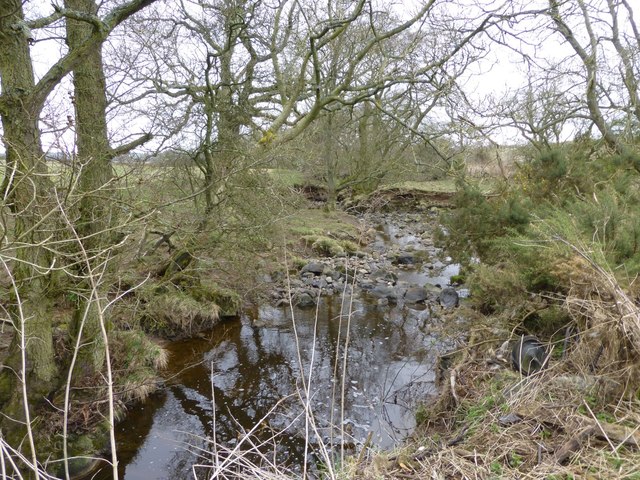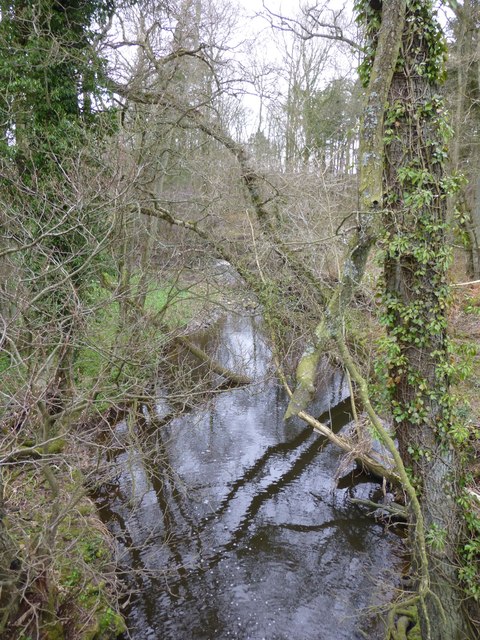Topics > Industry and Work > Farming
Farming
Historical overview of farming:
- The Open Field System in medieval times involved dividing large fields into strips, which were cultivated by individual farmers (many of whom were serfs). Farming was characterised by Ridge and Furrow patterns created by ploughing; typically with a single-sided plough, pulled by oxen. This consistently turned the soil to one side, creating lasting ridges and furrows.
- Under the medieval Feudal System, serfs were bound to the land they worked. They were tenants with limited rights and were obligated to provide labour and dues to the lord of the manor who owned the land. Serfdom largely disappeared in Britain by the late 15th century.
- The open field system was gradually replaced by enclosed fields; the Enclosure Movement began in the 15th century but primarily occurred during the 18th and 19th centuries.
- Horses became routinely used on farms in Britain from the 11th century, gradually replacing oxen for tasks like harrowing (breaking up and smoothing the surface of the soil after it has been ploughed) and transporting goods. By the 15th and 16th centuries, horses were increasingly used for ploughing, particularly on lighter soils, due to their greater speed and agility. Oxen remained in use for ploughing heavier soils for a time, but horses became the primary draught animal on most farms.
- The enclosure of previously common lands accelerated in the 18th century, including formal enclosure through Acts of Parliament. It was a massive shift in land ownership, with previously common land becoming privately owned. This led to increased agricultural productivity, but also social disruption, as commoners lost access to their historic grazing lands. An example in Northern England was the enclosure of parts of Alnwick Moor in 1709.
Key Examples:
- The four-field system of Crop Rotation (typically: wheat, turnips, barley, and clover), became widespread following it’s introduction to Britain by Charles Townshend. This helped to improve soil fertility and increase crop yields. It removed the need to leave fields to fallow. Also, including fodder and grazing crops like turnips and clover, the system allowed for year-round livestock breeding and increased agricultural productivity.
- A systematic approach to Selective Breeding of livestock was introduced by Robert Bakewell in the 18th century. Bakewell focused on traits like size, meat yield, and wool quality, significantly improving the productivity of sheep farming. The techniques were also applied successfully to other types of livestock.
Key Examples:
- Jethro Tull designed a Mechanical Seed Drill in the early 18th century which helped farmers to sow seeds at a consistent depth and spacing. This reduced manual labour and seed waste; it improving germination rates and increased yields.
- Gin-gangs (horse-engine house) - see below:
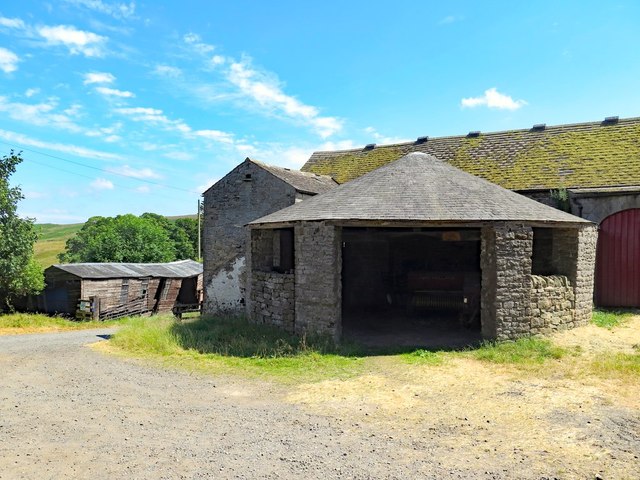 Gin-gangs (horse-engine house) became commonplace on farms in the 18th and 19th centuries. They used horse-power to mechanise the threshing of wheat and other grains. Typically, they were circular buildings attached to a threshing barn.
Gin-gangs (horse-engine house) became commonplace on farms in the 18th and 19th centuries. They used horse-power to mechanise the threshing of wheat and other grains. Typically, they were circular buildings attached to a threshing barn.
Further Information & Examples of Gin-Gangs on this site.
 Lime burning for construction and other uses dates back thousands of years. However, the mid-19th century saw increasing numbers of lime kilns built for agricultural purposes, in areas where there was limestone and where coal was becoming more readily available. Spreading lime neutralised acidic soils and increased crop yields.
Lime burning for construction and other uses dates back thousands of years. However, the mid-19th century saw increasing numbers of lime kilns built for agricultural purposes, in areas where there was limestone and where coal was becoming more readily available. Spreading lime neutralised acidic soils and increased crop yields.
Further Information and Example of C19th Lime Kilns on this site.
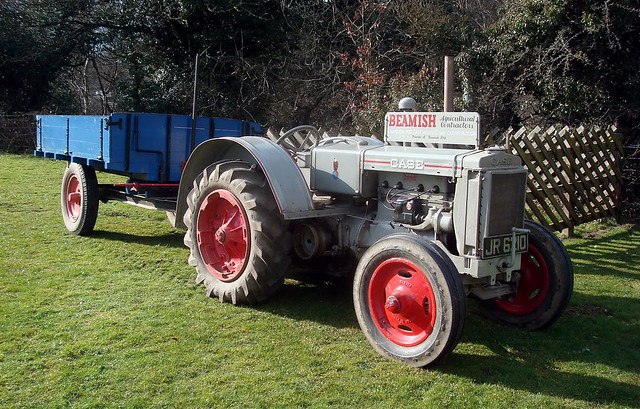 After the Second World War, there were significant increases in mechanisation (larger tractors, modern combine harvesters etc) and in the use of chemical fertilisers. The focus on maximising output led to a decline in the number of mixed farms and an increase in farms specialising in specific crops or livestock types to maximize yields and profits.
After the Second World War, there were significant increases in mechanisation (larger tractors, modern combine harvesters etc) and in the use of chemical fertilisers. The focus on maximising output led to a decline in the number of mixed farms and an increase in farms specialising in specific crops or livestock types to maximize yields and profits.

from Newcastle University (youtube)
Sheep Dipping Issue Title - Rolling Stones (1943)
Pinned by Co-Curate Team

from Newcastle libraries (flickr)
053590:Gloucester Street Elswick Halliday Fred 1913
Pinned by Simon Cotterill

from Youtube (youtube)
Sheep Rounded Up And Dipped To Check Epidemic AKA Sheep Farming (1949)
Pinned by Simon Cotterill
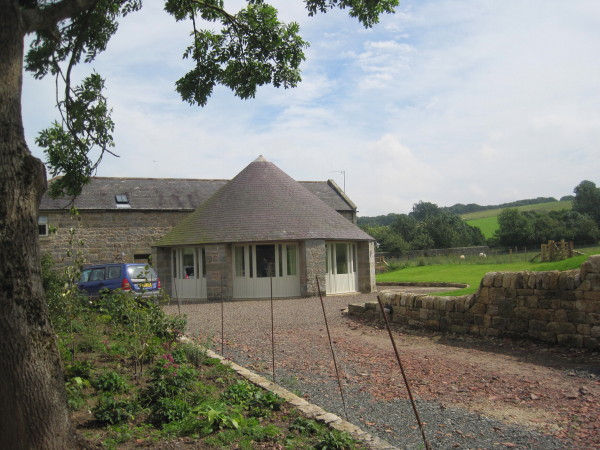
Co-Curate Page
Gin-Gang
- A gin-gang (sometimes written as gingang) was a horse-engine house, usually a round building, attached to a threshing barn. A threshing machine in the barn was connected to the gin gang via …


from Newcastle University (youtube)
Sheep Dipping Issue Title - Rolling Stones (1943)
Pinned by Co-Curate Team

from Newcastle libraries (flickr)
053590:Gloucester Street Elswick Halliday Fred 1913
Pinned by Simon Cotterill

from Youtube (youtube)
Sheep Rounded Up And Dipped To Check Epidemic AKA Sheep Farming (1949)
Pinned by Simon Cotterill









